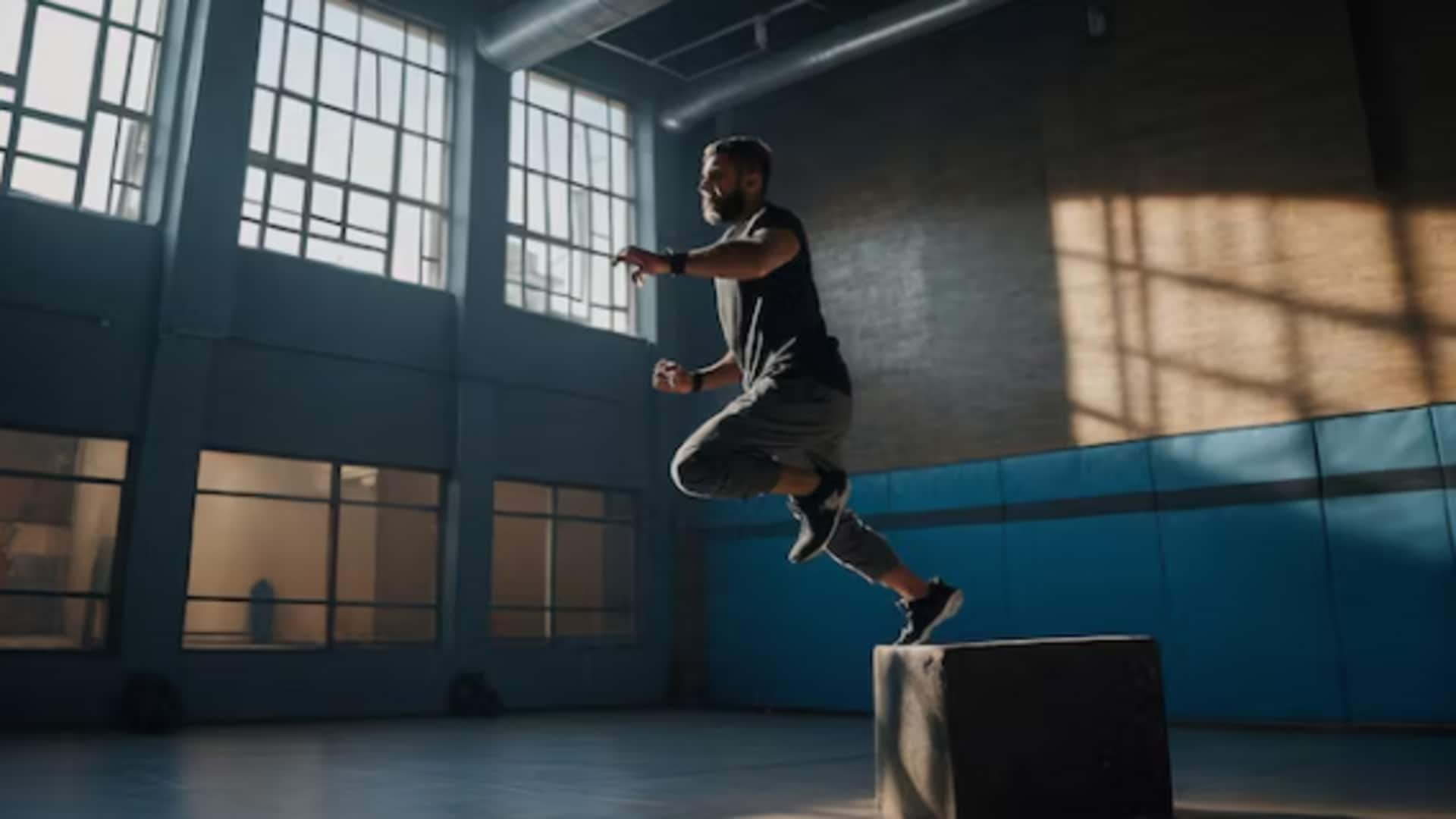
Exploring parkour fitness basics
What's the story
Parkour is a training discipline where the aim is to get from one point to another in a complex environment, without assistive equipment and in the fastest and most efficient way possible. It involves running, climbing, swinging, vaulting, jumping, rolling, quadrupedal movement (crawling) etc. This article explains the five pillars of parkour fitness, to assist beginners in understanding the basics.
#1
Understanding parkour philosophy
Parkour is more than just physical movement; it's a philosophy of overcoming obstacles in both the physical and mental realms. Practitioners train to see the world differently, to spot opportunities for movement where others see barriers. This mindset encourages creativity, strengthens problem-solving skills, and builds resilience. Embracing this mentality can significantly enhance your parkour training by aligning your mind and body for optimal performance.
#2
Starting with basic movements
Before attempting advanced moves, it's crucial to master the fundamentals. Rolls are for absorbing impacts, precision jumps help land on tiny spots, and vaults are to get past obstacles. These techniques guarantee safety, increase confidence, and minimize injuries. They lay the groundwork for progressing in parkour, so beginning with these essentials is key to any novice's journey.
#3
Importance of strength and conditioning
Strength and conditioning are crucial for parkour fitness. Core strength enhances balance and stability during movements, while upper body strength helps in climbing and vaulting. Conditioning exercises like running strengthen the cardiovascular system, which is important for the endurance required in parkour. Including specific exercises focusing on these areas in your routine will significantly improve your overall performance.
#4
Safety measures are key
Safety first, always! In parkour too. Train in safe environments, preferably under the supervision of experienced practitioners or in reputable classes. Wear safety equipment such as gloves and knee pads at least in the beginning. Mastering the art of falling is crucial too. This significantly minimizes the risk of injuries when you fail to execute new moves.